This is where we left off – to get through the tunnel, to the much-praised valley on the far side.
Today we’re going to head through the tunnel.
This part of New Zealand is on the west side of the South Island. It’s called Fiordland because it’s full of mountainous fiords, which are steep valleys filled with water. You might know them from the ones around Norway. Here’s Geirangerfjoid, in Norway:
They are long valleys that go inland from the sea, formed by glaciers, which flowed down them (at one point) and carved them into a ‘U’ shape – steep or almost vertical sides, and a flat bottom. This means that, when the glaciers were gone and they were filled with water, the mountainous sides seem to rise vertically out of the water, creating huge cliffs with mountains that look down on the water below. This means that young people (especially in Norway) love to go to the top of them and base jump off in wing suits:
Here’s Milford
There’s nobody base jumping into Milford sound, but you get the picture. There’s actually only a few ways to experience Milford, and that’s by a kayak tour (in double kayaks), a scuba diving tour (which would be awesome but is really really expensive), hiking to it, or taking one of the cruise boats that traverse the thing a couple times a day.
The kayaks would be cool, but after being capsized in a double kayak in Glacier Bay, Alaska (about 40 feet away from said glaciers) by the guy in the back leaning over too far, I have a rule against getting into a double kayak with someone I have never met. Plus, I’m darn sure not going to spend $150 for the pleasure.
So, it was the cruise for me. Basically the only things in the valley, just at the head of the sound, are a little airport for people that don’t like taking the bus or driving, a lodge, and the cruise ship terminal.
I’ve read that Milford is actually even more scenic on a misty/rainy day, as it gives the place a moody atmosphere in addition to the views. Today was not that day, however, which was a bit unusual because the region in and around Milford Sound is one of the rainiest places on the planet (4th I think). To give you an idea, the Amazon Rainforest gets around 4 meters of rain per year, and Milford averages 7 meters. That’s almost double the rainfall!
In fact, it’s because of this fact that Milford Sound is one of the most fascinating environments I have ever seen, and to my knowledge, unique on the planet. I’ll explain. With the amount of rain they get, and the steepness of the sides of the sound, dirt and soil doesn’t stick around here. Instead, they have moss which grows really thick, and that’s what all the vegetation uses to anchor its roots into. However, because of all of the moss, when it rains, the rainwater kind of percolates down the cliffs, slowly filtering through the mosses before it reaches the bottom and washes out into the sound. All the time spent in the mosses means that it picks up tanins and is stained a darker color by the time it hits the sound (like brewing a cup of tea), and because there is so much rain, there is actually a complete freshwater layer on the surface of Milford Sound, with the saline seawater below it (think of oil on water, the different densities make the oil float on top – same with the freshwater and seawater).
Surprisingly, the freshwater layer averages around 3 meters, or 9 feet deep. That’s almost all the way to the bottom of the deep end at the swimming pool! And after really heavy rains, it can be much thicker, 20 or 30 feet.
This is significant because, since the freshwater has been stained darker by all the moss, it filters out a lot of the sunlight. As a result, the light conditions in the seawater below the freshwater layer mimic conditions that are normally found at much deeper depths in the ocean. So, in Milford Sound, you can find sealife (corral, fish, etc) that is normally from the deep ocean, living at relatively shallow depths. Shallow enough to see if you are a scuba diver, or if you visit the underwater observatory in the sound (more on that later).
First, we headed out on the cruise boat, for a trip out to the mouth of the sound (where it empties into the infamous Tasman Sea) and back. Here’s the skipper hard at work
Interesting Fact: The underwater observatory guy said that if they didn’t have the amount of erosion that they do have (due to crazy rainfall), the southern alps would have passed the Himalayas as the worlds highest mountains. As it is, erosion rate actually equals the growth rate, so they don’t actually grow that much.
And, another cool thing that reminds me of my days living in Hawaii… when they do have a strong rainfall here that lasts for a while, the mountains on the sides of the fiord turn into a million waterfalls with all the excess runoff. That happened to me once when I was living in Kailua. I had to take the highway that went up into the mountains and through a tunnel near the top to get to the other side of the island for work every day, and it was normally an absolutely beautiful sight because the highway (H3) ran along the foot of the Ko’olau mountain range before going up a valley to the tunnel, giving a panoramic view of the soaring, knife-edged peaks on one side, and gorgeous Kailua and Kaneohe Bays on the other side. Driving that road to work and back, with the windows down and the tropical misty-fresh breeze in my face, was easily the favorite part of my day. One week, it rained for what might have been a week straight (can’t remember exactly), and on the way to work in between storms, I was floored to see that every crevice in the ridges of the mountain range ahead of me had turned into it’s own waterfall. Dozens and dozens of them, all cascading down the face of the mountains, whose tops were still lost in the clouds. It was amazing, and though it never happened again while I was there, still sticks in my memory. I can only imagine how amazing Milford would look in such conditions.
Even without the impromptu waterfalls, Milford has plenty of regulars to see, however. Here’s one we passed as we headed out of the harbor.
Shortly afterwards, we were fully engolfed in the sound
I think it’s interesting that the valley is so deep, and the walls so high, that you really don’t get a sense of perspective from looking at the pictures. They are much bigger than they look. Take a look at the following pictures – see the cruise ship at the base of one of the walls in the second one? That will give you a sense of just how big they are
We also saw signs of ‘tree-valanches,’ which happen when some trees lose their grip in the moss beds (maybe during a big storm or old age) and create a cascading treeslide that goes down the slope into the sound just like an avalanche
and since the sound is so deep, it was mostly in shadow when we started. It was interesting to watch the scenery change, however, as the sunlight slowing crept down the sides and deeper into the sound.
Eventually we reached the end, where the sound meets the Tasman sea.
Here, we are looking West towards the bottom of Tasmania. The Tasman sea is infamous for it’s rough conditions, because (due to the direction that the planet spins), the wind and waves of the Southern ocean rotate in a clockwise (west-to-east) direction. Because there is very little land-mass available to block or reduce their intensity before they hit this coast (called the ‘fetch,’ or the distance over which wind can build waves on the ocean in nautical terms), the seas can get huge and really wild. In fact, that’s why the Southern Ocean is so rough, because once you get below New Zealand, the wind and waves have essentially nothing to block them as they go around the planet (going below South America, Africa, and Australia/Tasmania/New Zealand), so they continue to just build on each other.
On the way back, we got up close to one of the waterfalls
and in blatant disregard for my camera’s safety (and my own sense of dry-clothes comfort), I headed up to the deck to get some pictures. Again, it doesn’t look that big until you get up to it
I think it was worth it
and the camera even lived! These things are pretty tough, I suppose.
Shortly afterwards, I found out that there was an Underwater Observatory in the middle of the sound, that you can just hop off at (catching another cruise boat to get back). I had read great reviews of the observatory online, and being in such a rush to get to the early morning cruise, I hadn’t had time to figure out where it was. I was lucky that a couple people on my boat had already made reservations for the observatory, or the cruise ship might not have even stopped by. The only way to reach it is via boat.
The observatory is basically a floating double-wide with a dock attached, and it’s held to one of the sides of the sound by metal arms that secure it in place and rise up and down on the tide. They had to do this because the fiord is not only designated as National Park and UNESCO World Heritage site, but also contains many marine reserves, where building things that affect the environment is prohibited. So the whole thing just floats there, not touching the walls (except for the hooks) and not putting anything into the water (they pack in and pack out everything, collect rainwater and generate their own electricity). Here’s one of the cruise boats pulling up to the pier
The guide was awesome and very informative, talking through the displays they had put up, but the coolest part was the observation chamber. It is on one end of the center, and is basically a tube with a spiral staircase in it and a circular room at the bottom with really thick plexiglass windows in it. It’s about 10 meters, or about 30 feet down, and you can see all the fish and plants in their natural habitat. It’s like a reverse aquarium, where you are the one in the tank, and the fish are outside looking at you.
It was really really cool. Here’s the black coral, that only grows in deep ocean water and you normally wouldn’t get to see, if not for the water filtering effect I mentioned earlier. (It’s just the stems that are black)
Because it is so rare, and so accessible in the sound, this stuff is highly protected in New Zealand, you can get jail time or fined major $$ if you are caught with any of it, even it you just picked some dead bits that washed ashore.
After watching the fish, and seeing a baby shark swim by, we went back upstairs in time to catch the hop aboard the next boat and head back to the cruise terminal. The place was a complete zoo when I got back, because it was just before the next tour departed, the mid-day one that all of the bus tours bringing people from Queenstown (4 hours away) to. Here’s one of the less environmentally reputable ones heading out
Back in the van, I headed off for Queenstown myself, which would be the final destination in my visit to New Zealand. I was a little annoyed to see the route on the GPS, which showed me that, because of the mountains and roads available, though the drive would take about 4.5 hours, you basically just go in one giant circle.
Oh well! The scenery was definiteley worth my time, and since I was no longer in a rush, I stopped off every once in a while to check out the scenery and get some pictures.
One stop was a short walking trail to a (very) narrow and (very) deep gorge carved into fantastical shapes by the river running through it.
Back through the tunnel and on the other side of the mountains, the scenery was remarkably different.
Just like in Seattle, with the Cascade mountains, it seems that the mountains here do a good job of blocking a lot of the moisture from getting to the eastern side, leaving it much drier than the western slopes.
On the way, I randomly decided to take a small detour to the forest they used to film the Fanghorn forest in Lord of the Rings (the creepy one)
It was foggy, and indeed, a bit creepy.
I eventually made it to Lake Wakatipu, which is the giant mountain lake that Queenstown sits on, and made my way up the shore to the town. It actually reminded me a lot of a New Zealand Lake Geneva, with views across the lake to the mountains along the far shore. Also, the surrounding hillsides were very obviously well ensconced in fall, with the beautiful colors on the trees and the crisp air.
and it just got more beautiful when I got closer to Queenstown
once I got there, however, I pretty much instantly decided I didn’t like it. Yes, it is a pretty little town, but to use a Colorado allusion, it felt exactly like Vail to me. It’s one of those towns that caters exclusively to tourists, where even the big macs at McD’s are $15, you pay for parking in 15 minute increments, and where none of the locals actually live. In other words, it felt fake.
It was, however, undeniably pretty.
I spent a few minutes checking out the lakeshore, and then headed for a nondescript small town up in the adjacent hills – solely based on the fact that the only mention it received from the guidebook was that it had a cafe that was famous for sticky buns.
The town was called Arrowtown, and was one of those one gorgeous one street downtown type towns, with the quaint cafe, the small shops, and folks out for a walk on the sidewalks. It’s the kind of town where they have Harvest Festivals in the fall.
I became on of those people out for a walk, and before too long, I was having a sticky bun and an Americano on a sunny cafe porch
I had booked a sweet hotel room for my last night in New Zealand (anticipating that Sarah wouldn’t appreciate me with a Ginger Beard and smelling like I had lived in a van for the last week), and I had planned on checking in as early as possible to take advantage of the spa, pool, gym, etc, but this was easily the nicest day I had experienced in months, so I sat on the porch talking with a Kiwi guy on his lunch break until I was tired of drinking coffee, then I switched up beverage selection and spent another hour talking with the two 30 something’s that ran the town pub about the 100 year old bottle of whiskey that they found frozen under Scott’s original Antarctic hut.
Afterwards it was off to the hotel, the treadmill, the sauna, and then the restaurant. Tomorrow morning, I’m off to the airport to begin my journey back home.
New Zealand has been a great place to visit. It really does have some of the widest range of beautiful scenery you can find in one place – from the wild mountains to pastoral sheep country to stormy ocean cliffs to volcanic moonscape to tropical bays filled with idyllic islands. From a triathlon training perspective, the possibilities for epic running and biking routes are practically endless, and the swimming is well, just as cold as it usually is. I’ve found the New Zealand people that I’ve met to be easy-going and universally friendly. More importantly, the beer here is cold and there’s plenty of it to choose from.
Before you think that I am taking payoffs from the New Zealand tourist board, I will admit that there are some big downsides to travel here.
For one, as I’ve mentioned before, it’s expensive. Painfully so. Bring the hiking boots, the surfboard, or the beach chair and spending time outdoors for free or risk blowing your budget.
Second, and more insidious for the travel blogger: the internet. New Zealand has just heard of the internet. Remember when you had just heard of the internet? It was 1996, you were excited about that dude saying ‘You’ve Got Mail!’ when you checked it, and you had long-since grown accustomed to the 2 minutes of bleep-oo-eee-chhckchchkshhhhh’ it took for your modem to log you on. Yeah. New Zealand is still there. Right there. And it would be all good, except I dare you to try and find anything …. Anything … online, not using Java or HD or some other data-gobbling method. These days, we are used to data-gobbling. And that doesn’t work well when you’ve got the bleep-oo-ee-chhckchchkshhhhh. Save yourself the stress (and expense) and be cool with kicking it, old school.
And getting hideously behind in your travel blogs.
Sorry, not sorry?
With the recap finished, I’ll say goodbye from New Zealand with a celebratory martini at the hotel bar. See you stateside!
A Bientot!


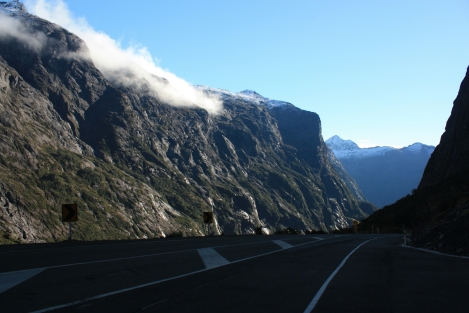

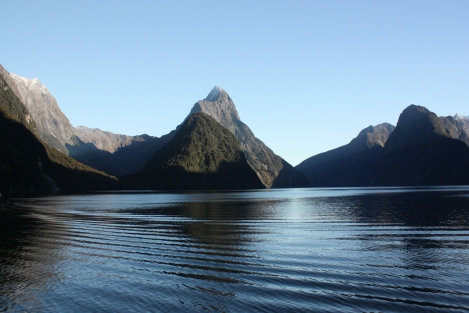



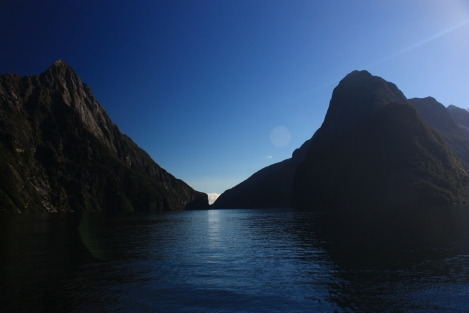

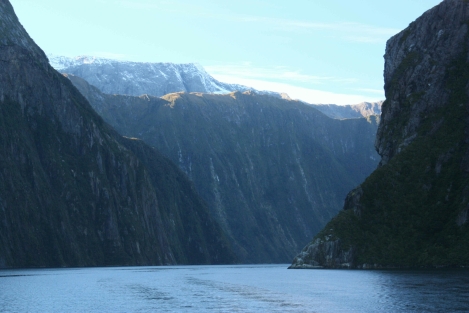







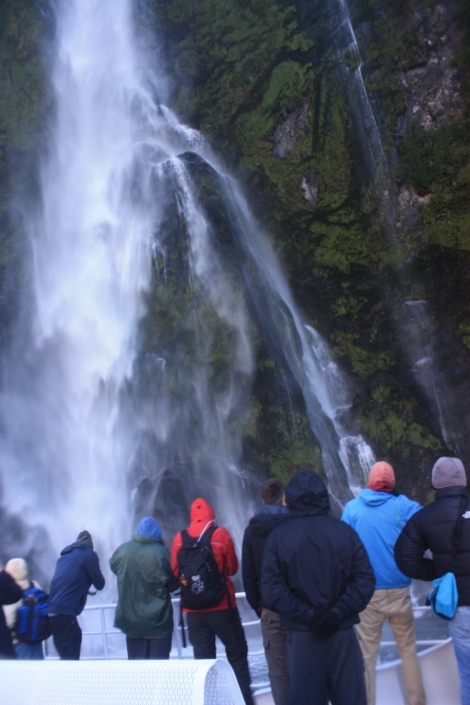







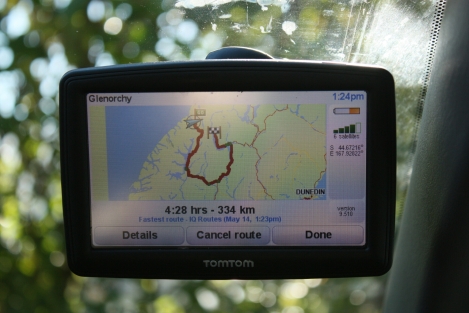



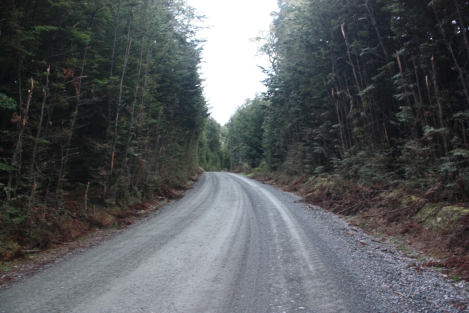







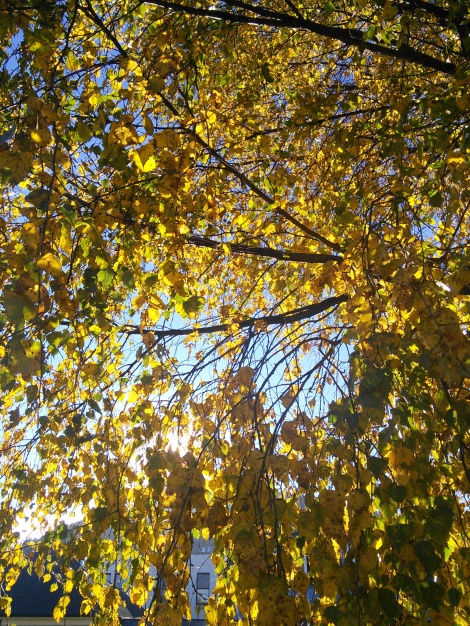
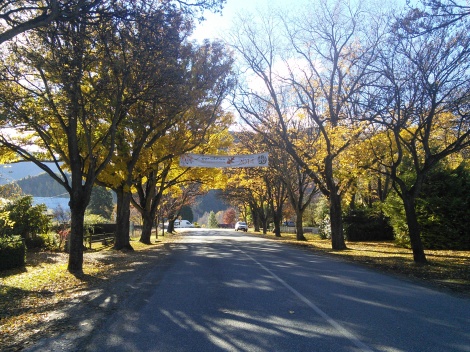

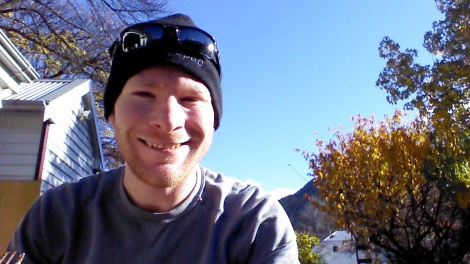


Wow…I’m glad you’re going home to Sarah, but I will really miss traveling with you! Hope to know when you’re in Colorado! Would love to see you! Thank you, Eric. I have enjoyed this so very much! Hugs!